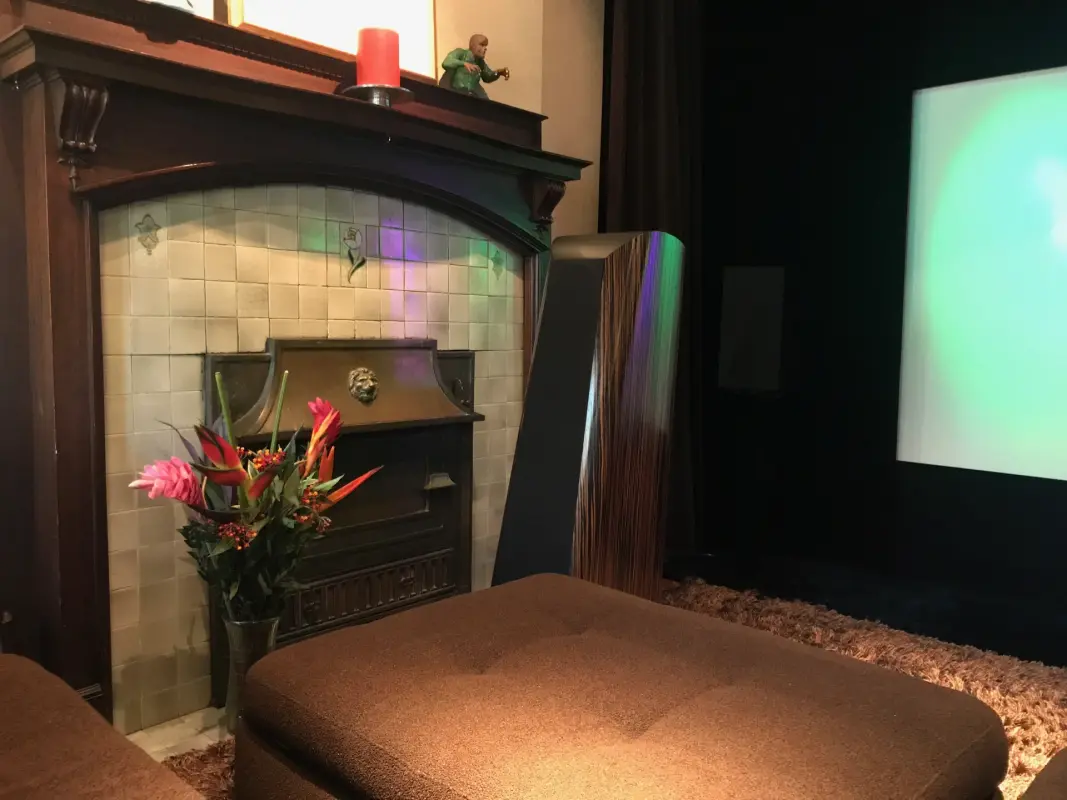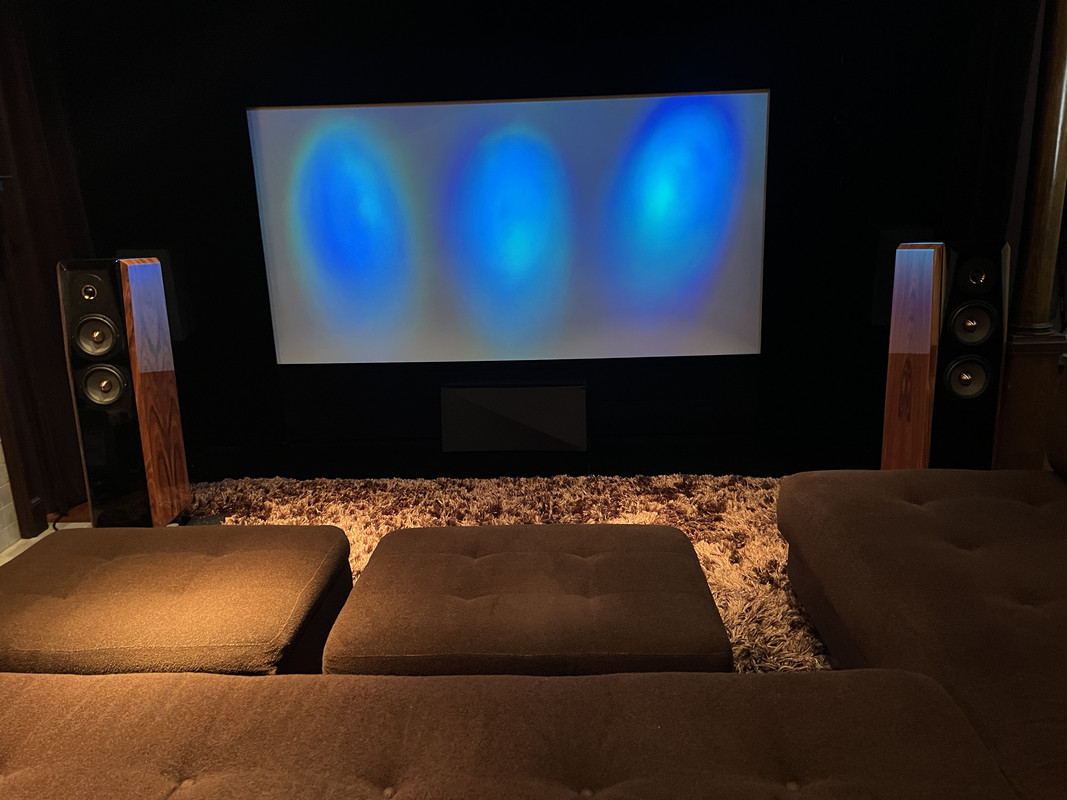Audionaut
Addicted to Fun and Learning
- Joined
- Jan 7, 2025
- Messages
- 910
- Likes
- 3,646
Graham Audio - LS 5/5Nice to see ideas from 1960s still going strong!
Yes, not quite my cup of tea, but the ancestors of one of the high points of classic BBC monitor design.
It's a reinterpretation of a 1967 loudspeaker.
The partial covering of the drivers is used to control the dispersion characteristics of the speakers and minimize interference or resonance in the critical frequency range. It ensures that the loudspeaker has a particularly even dispersion pattern.
The thin enclosure material used for these speakers is also a deliberate sound decision. It allows the cabinet to be used as a controlled resonator instead of completely absorbing the sound energy.
The baffle screwed to the front is another story you have to like.
Simply screwing around and possibly tightening the screws results in a different sound.
The opposite of many heavy speakers, which prevent resonances through weight, internal bracing and multi-layer construction.
Here the resonances are used.
They sound good, but the price is a bit ambitious for my taste, but with hi-fi, it's the connoisseur's limit and not common sense that counts.
 )
)
